3/4th of SME segment is still waiting to be served: RBI
Updated: Jul 01, 2014 03:08:31pm
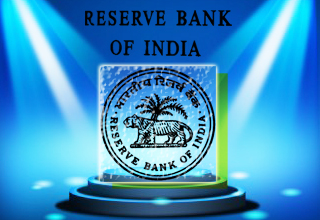
While addressing the BFSI Conference 2014 organized by SBI Cap Securities here recently, Khan spoke about the areas which should receive the attention of banks seeking opportunities for sustainable growth.
“Retail banking will be immensely benefited from the Indian demographic dividend. It is important to note that the middle class population is expected to touch 200 million by 2020 and 475 million by 2027. This would imply mortgages would grow fast and likely to cross Rs 40 trillion by 2020,” Khan said.
Branches and ATMs will need to grow 2X and 5X respectively to serve the huge addition to bankable population. Low cost branch network with smaller sized branches will be adopted, he added. “Mobile banking will come of age with widespread access to internet on mobile reaping the benefit of the high mobile density in the country.”
Speaking on the topic, Banks in India: Challenges and Opportunities, he further said that the banks will adopt CRM and data warehousing in a major way to reduce customer acquisition costs and improve risk management. Banks will have to understand and adopt new technologies like, cloud computing and invest significantly in analytics based on big data.
“Margins will see downward pressure both in retail and corporate banking, spurring banks to generate more fees and improve operating efficiency,” Khan noted.
Although banks will continue to focus on domestic business, given the rising trend of globalization, cross-border banking business will need more attention, he said.
As per a recent World Bank report, India retained its topmost position with USD 70 billion in remittances in 2013 followed by China (USD 60 billion), the Philippines (USD 25 billion), Mexico (USD 22 billion), Nigeria (USD 21 billion), Egypt (USD 17 billion), Pakistan (USD 15 billion) and Bangladesh (USD 14 billion).
It has now been realized that manufacturing will have to be one of the key drivers of growth though in the recent past, with moderation in the growth rate, the sector also witnessed a slowdown, RBI Deputy Governor said.
A recent report of the McKinsey Global Institute observes that for making a substantial improvement in the standards of living of the Indian people and alleviating poverty, about 115 million new non-farm jobs will have to be created between 2012 and 2022 and of these, about 27 million new jobs need to be created in manufacturing, Khan said.
The required growth rate in manufacturing sector output needs to be at least 10 per cent a year, probably higher. The National Manufacturing Policy envisages share of manufacturing in GDP to 25 per cent by 2022. Achieving this rate of growth would require significant amount of financing by the banks, he added. (KNN/SD)

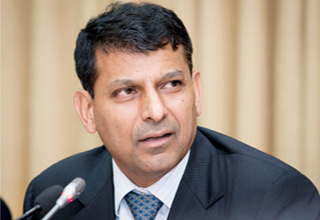
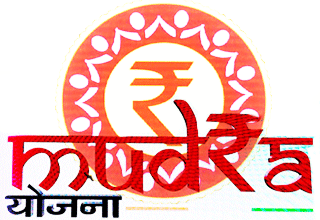
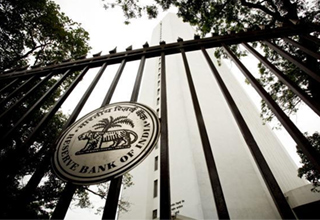
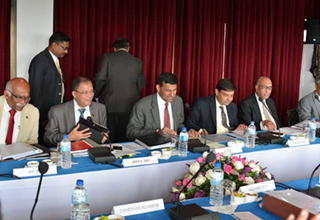







